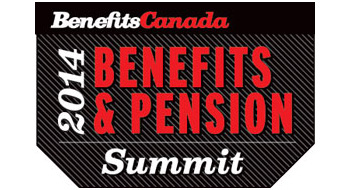
How traditional is your total rewards plan? How flexible should a total rewards plan be? This was the focus one of the sessions at Benefits Canada’s Benefits & Pension Summit, held in Toronto.
Speaker Neil Crawford, partner and leader of the Canadian talent and engagement business with Aon Hewitt, explored the use of total rewards in recruiting and retaining talent, and how increased diversity in the workplace has inspired some employers to rethink the one-size-fits-all approach.
“There’s a real opportunity for us to take flexibility a lot further,” he said. “We’re seeing a gradual movement from [narrowly defined] to [broadly defined].” However, he also went on to add that this shift has primarily been within pensions and benefits. “It hasn’t really gotten around to some of the broader rewards offerings.”
Career development, educational opportunities, telecommuting, sabbaticals and company or industry discounts were among the examples he raised as ways to enhance a total rewards program with more flexible options; however, he also stressed the importance of consulting with employees to determine which rewards would be most valued by those in the organization—before selecting what to offer.
Crawford pointed out four key questions that employers need to answer as they try to map out their total rewards plan:
- Strategically, what are you trying to achieve?
- What are the financial and competitive parameters you’re trying to create?
- What do your employees expect from a total rewards plan, and how does the plan fit into your organization’s culture?
- How will the plan operate and be delivered, and what complications could influence the plan design?
Once a plan has been mapped out, the next step is to assess, note any gaps and then prioritize and address those misalignments accordingly. Crawford broke the assessment process down into three main components: the content of the program, how the program is communicated and how the program is delivered.
As Crawford wrapped up his session, he stressed that it’s about trade-off versus cost: whether the perceived value of the reward by the employee corresponds with the actual cost and administration efforts of managing the reward, and vice versa. And if that lines up, you’ve got a winning total rewards plan.
All the articles from the event can be found on our special section: 2014 Benefits & Pension Summit Coverage.
Tammy Burns is a Toronto-based writer and editor.
